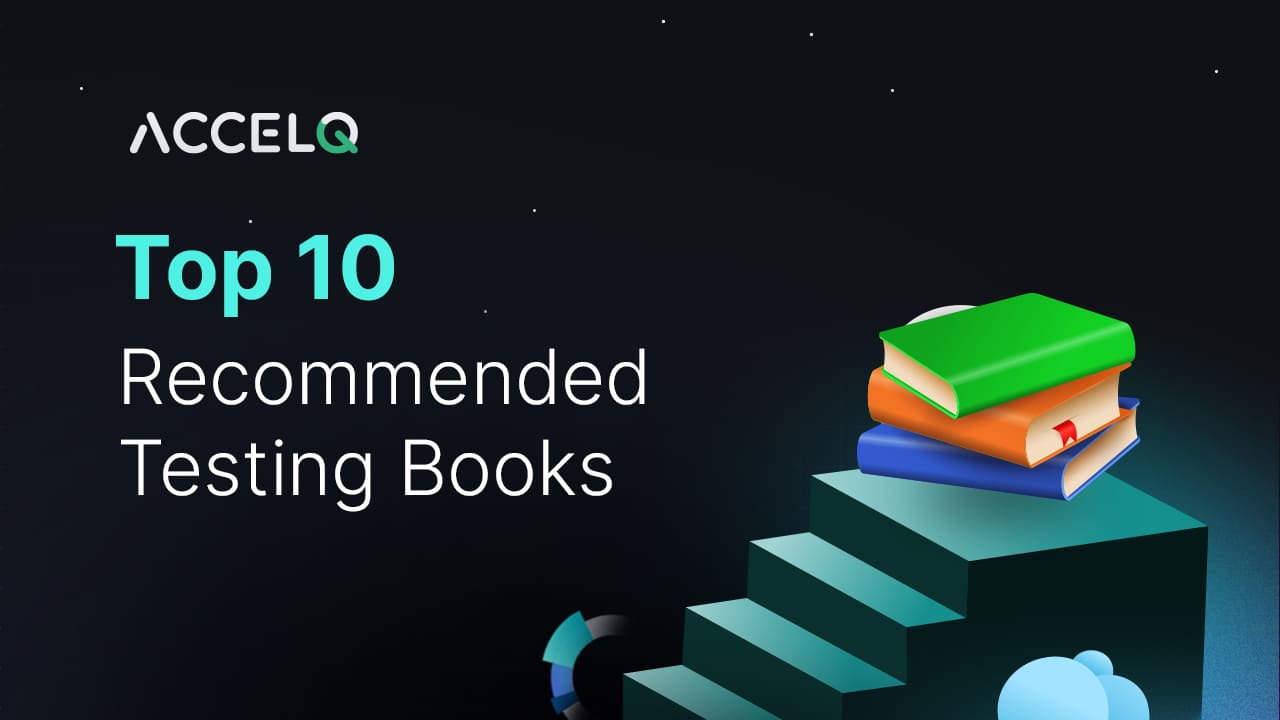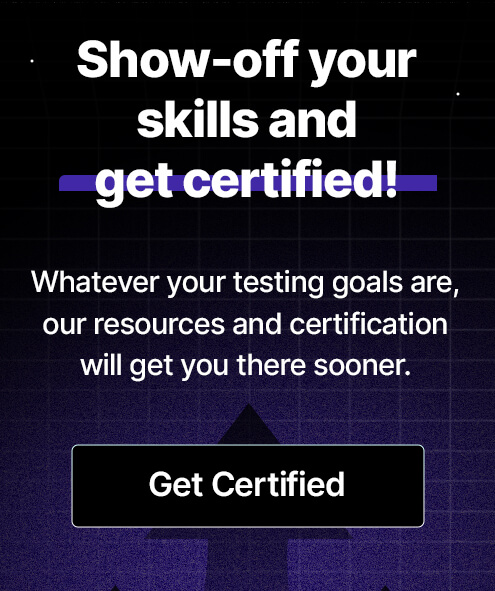Top 10 Recommended Testing Books

In the ever-evolving realm of software development, testing stands as the guardian of quality, ensuring that products not only meet functional requirements but also deliver a seamless user experience. As the complexities of software grow, so does the need for refined testing methodologies and insights.
This blog spotlights the top ten testing books, each offering a unique perspective and a wealth of knowledge. From foundational principles to advanced techniques, these books cater to professionals at all levels, aiming to enhance the quality and reliability of software products.
10 Testing Books
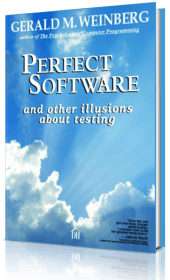
It challenges the age-old quest for flawless software, revealing the realities and misconceptions of software testing. Weinberg's insights offer a fresh perspective, emphasizing the inherent imperfections in software and the true essence of testing.
- Weinberg’s Expertise: With decades in the field, Weinberg challenges conventional beliefs about software perfection.
- Chasing the Unattainable: The book emphasizes that absolute software perfection is a myth.
- True Purpose of Testing: It’s not about achieving perfection but understanding and managing imperfections.
- Stakeholder Dynamics: Insights how clients, managers, and users perceive software quality.
- Embracing Imperfections: Leveraging flaws as opportunities for growth and innovation.
Weinberg's work serves as a reality check in the software world, emphasizing the beauty in imperfections and the essence of pragmatic testing.
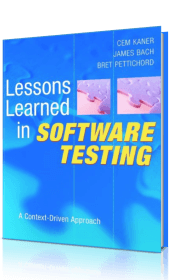
A lighthouse in the vast ocean of software testing, this book offers invaluable insights from industry stalwarts, emphasizing the importance of context in testing decisions.
- Unique Perspective: A context-driven approach emphasizing that testing decisions must be tailored to specific situations.
- Real Insights: Lessons derived from the authors’ vast careers, providing readers with tangible takeaways.
- Beyond Techniques: A deep exploration into the ethics, psychology, and nuances of testing.
The book's structure, organized as lessons, allows for both in-depth study and quick overviews. It's a must-read for anyone in the software testing realm, from novices to veterans. In essence, this book serves as a mentor in print, challenging traditional views, advocating for continuous learning, and championing the importance of context in testing. A timeless guide, it equips testers to excel in the dynamic world of software.
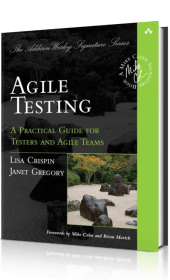
A beacon in software development, this book emphasizes the art of writing clean, maintainable code guiding developers towards excellence in their craft.
- Readability: Code crafted for human comprehension first.
- Simplicity: Efficient code that avoids unnecessary complexity.
- Maintainability: Code that’s easily adaptable and modifiable.
- Testability: Ensuring reliability through inherent testability.
Martin's teachings include the importance of meaningful naming conventions, the essence of concise functions, judicious use of comments, robust error handling, and the pivotal role of unit tests. In the agile development landscape, clean code is crucial, preventing crippling technical debt. "Clean Code" isn't just instructional. It is transformative, fostering a mindset of excellence and responsibility in developers. In essence, Martin's book is a timeless manifesto, championing software craftsmanship principles that ensure durable, high-quality software.
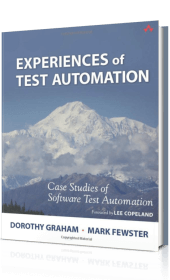
Offers a deep dive into real-world test automation scenarios, presenting invaluable lessons through diverse case studies. The book bridges theory and practice, guiding readers through the complexities of automation in the software industry.
- Graham & Fewster’s Expertise: The duo presents a unique collection of case studies, offering a wealth of practical insights.
- Diverse Scenarios: The book spans various real-world automation projects, from startups to tech giants.
- Strategy Over Tools: Emphasizing the importance of a well-defined automation strategy.
- Collaboration is Key: Highlighting the role of teamwork in successful automation projects.
- Managing Expectations: The importance of setting realistic goals and managing stakeholder expectations.
This work serves as a guide for anyone venturing into test automation, bridging the gap between theory and real-world practice.
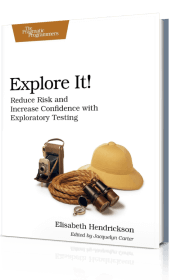
A compass in the realm of software testing, this book illuminates the dynamic approach of exploratory testing, emphasizing curiosity, discovery, and adaptability.
- Dynamic Testing: A shift from scripted tests to a world of curiosity, adaptability, and continuous discovery.
- Real-time Adaptation: The essence of learning and evolving with each testing phase.
- Risk Management: Identifying and addressing potential pitfalls through exploratory methods.
Hendrickson, a seasoned voice in the testing community, delves into key concepts like charter creation, timeboxing, and using heuristics to recognize issues in ambiguous scenarios. In today's fast-paced software development world, her approach offers the agility to uncover overlooked issues. "Explore It!" is an essential read for testers at all stages, championing a proactive approach to ensure software excellence.

Bridging the gap between agile development and quality assurance, this book offers a comprehensive guide to integrating testing seamlessly into the agile process.
- Collaborative Approach: Emphasizing the synergy between testers, developers, and stakeholders.
- Iterative Quality Assurance: Highlighting the need for testing to be as adaptive as agile development.
- Feedback’s Role: Swift feedback loops are crucial for aligning with user needs and ensuring product quality.
Crispin and Gregory, both agile and testing maestros, introduce concepts like the Quadrants of Agile Testing, the importance of automation, and the integration of Test-Driven Development. They also spotlight the tester's evolved role as a quality advocates in agile teams. "Agile Testing" is a must-read for anyone in the agile ecosystem, championing quality assurance as an integral part of agile development.
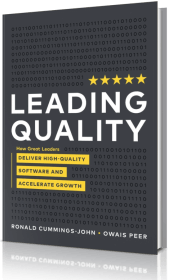
Illuminates the essence of quality leadership in software development, advocating for a holistic approach that transcends traditional testing. The book serves as a beacon for those passionate about elevating software excellence.
- Cummings-John & Peer’s Expertise: The duo emphasizes the importance of quality leadership, positioning it as central to software excellence.
- Beyond Testing: The book underscores that quality leadership is more than just testing—it’s about fostering a holistic approach to software excellence.
- Culture of Quality: Advocating for a culture where everyone is responsible for quality.
- Collaborative Excellence: Emphasizing the significance of cross-functional collaboration.
- Continuous Improvement: Highlighting the iterative approach to quality with continuous feedback.
This work serves as a guide for those aiming to elevate the role of quality in software development, ensuring products that not only function but excel.
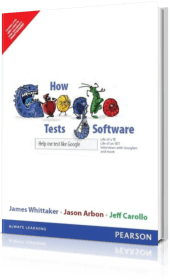
Offering a rare glimpse into the testing practices of tech giant Google, this book provides insights into ensuring software quality at scale, emphasizing automation and continuous feedback.
- Testing at Scale: Google’s approach to ensuring quality across its diverse product suite.
- Automation-Centric: A strong emphasis on test automation for consistency and speed.
- Test Engineers’ Impact: Insights into the pivotal role of Google’s test engineers in shaping product quality.
- Continuous Feedback: The cornerstone of Google’s testing methodology.
Drawing from their experiences as former Googlers, the authors provide a blend of practical strategies and overarching testing philosophies. While the practices are tailored for Google's scale, the core principles - automation, collaboration, and rapid feedback are universally applicable. "How Google Tests Software" is a treasure trove for anyone in the tech industry, offering a roadmap to achieving software excellence in the mold of Google.
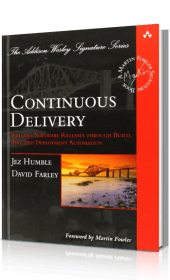
A game-changer in modern software development, this book offers a roadmap to the transformative approach of continuous delivery, emphasizing rapid, reliable software releases.
- Rapid & Reliable Releases: The heart of CD, enabling frequent software deployments.
- Automation’s Role: The linchpin of CD, spanning from code builds to testing and deployment.
- Immediate Feedback: Ensuring software quality and alignment with user expectations.
- Collaborative Essence: Bridging gaps between development, operations, and business teams.
Drawing from their extensive experience, Humble and Farley delve into concepts like Infrastructure as Code, deployment pipelines, and the cultural shifts essential for CD's success. While the methodology is technical, its implications are transformative—accelerating innovation, reducing market lead time, and bolstering software reliability. "Continuous Delivery" is a compass for any tech professional, pointing towards the future of efficient and effective software delivery.
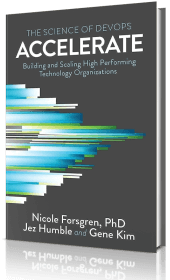
Unveils the synergy of Lean Software and DevOps, redefining software development for the modern age. The authors blend their expertise to offer transformative strategies for tech excellence.
- Tech Visionaries: The authors combine their vast expertise to redefine the intersection of speed and quality in software development.
- Lean and DevOps: The book champions Lean Software principles and the transformative power of DevOps, emphasizing faster, reliable software releases.
- Performance Metrics: Introducing vital metrics to gauge and enhance tech organizational performance.
- Culture of Excellence: Advocating for a culture that values continuous improvement and collaboration.
This work is essential for anyone in the tech domain, providing a blueprint for achieving excellence in a rapidly evolving digital world.
Conclusion
As we conclude our exploration of the top ten recommended testing books, it's evident that the software testing world is vast, diverse, and ever-changing. Each book, with its unique insights and methodologies, contributes to a holistic understanding of software quality assurance. While tools, technologies, and techniques may evolve, the underlying principle remains constant: the pursuit of excellence.
As testers, developers, and stakeholders, it's our collective responsibility to ensure that software not only functions but thrives, meeting the needs and expectations of users. May the knowledge gleaned from these books guide us in our endless quest for software excellence. Until our next literary adventure, keep testing, keep learning, and keep pushing the boundaries of what's possible.
Suma Ganji
Senior Content Writer
Expertly navigating technical and UX writing, she crafts captivating content that hits the mark every time. With a keen SEO understanding, her work consistently resonates with readers while securing prime online visibility. When the day’s work ends, you’ll find her immersed in literary escapades in her quaint book house.
Discover More
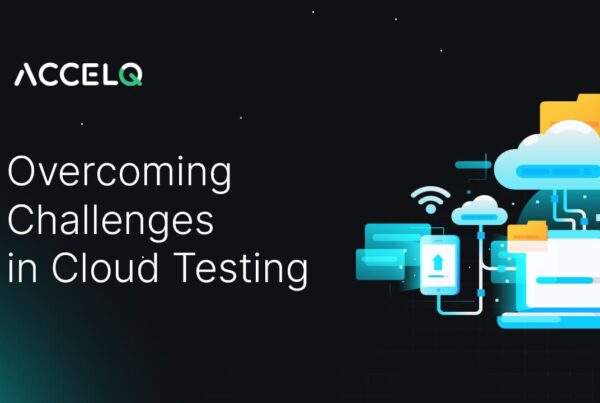 Overcoming Challenges in Cloud Testing
Overcoming Challenges in Cloud Testing
Overcoming Challenges in Cloud Testing
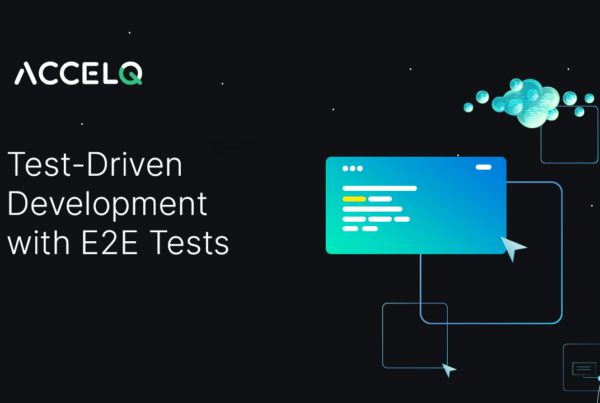 Elevating Test-Driven Development with E2E Tests
Elevating Test-Driven Development with E2E Tests






























